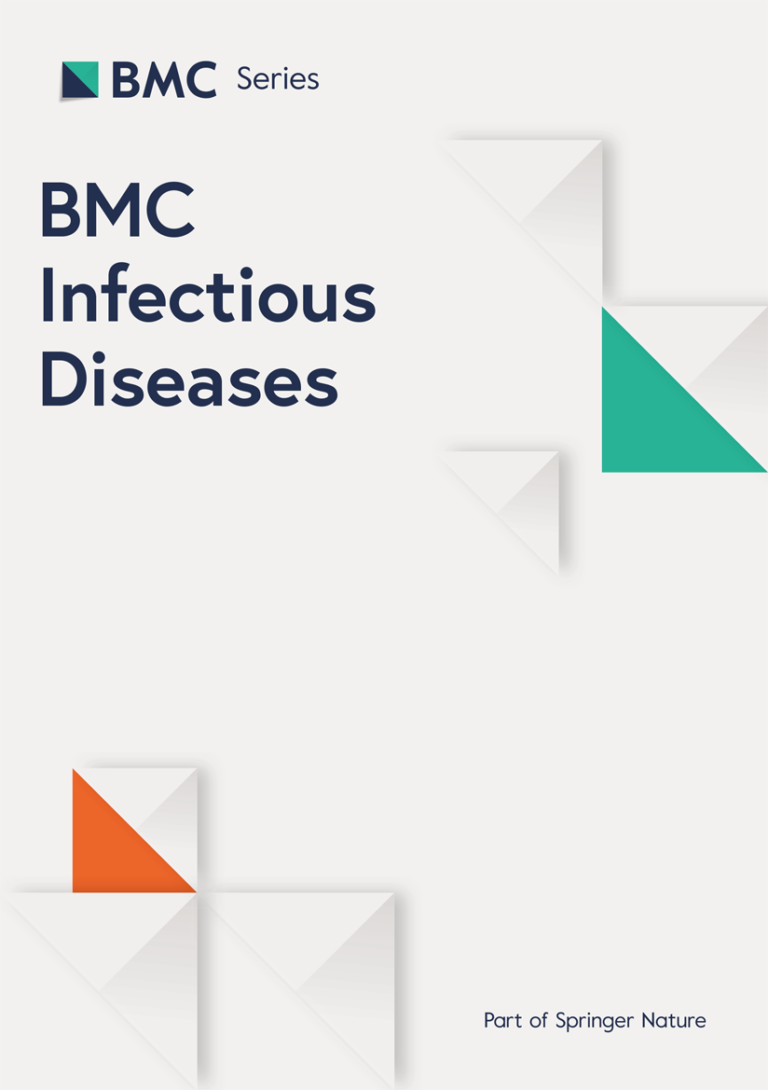PrEP has been shown to be an effective option for preventing the transmission of HIV. A previously published study reported a 99% reduction in the risk of HIV infection when PrEP was taken 7 days a week [11]. A sub-study within the Partners PrEP study analyzed adherence to antiretroviral prophylaxis among African HIV-serodiscordant couples and found that the efficacy of PrEP was 100% among highly adherent PrEP users [12].
Natural conception is becoming an acceptable option for some HIV-serodiscordant couples in resource-limited settings, since reproductive technologies such as in vitro fertilization and intracytoplasmic sperm injection with prepared sperm are either too expensive or not available to HIV-infected people [7]. With condom-less intercourse limited to periods of fertility, “PrEP for conception” is safe, effective, and a Centers for Disease Control and Prevention-endorsed conception strategy for serodiscordant couples [13, 14]. However, some couples may not choose PrEP due to economic reasons or may worry about the drugs’ side effects.
Our study analyzed the use of PrEP during natural conception in HIV-1-serodiscordant couples in which the viral load in the HIV-infected partner was suppressed. Our results showed that there were no cases of HIV seroconversion in uninfected sexual partners in both the PrEP use and non-PrEP use groups. This suggests that natural conception is relatively safe without PrEP use when timed intercourse is employed in HIV-1-serodiscordant couples with a virally suppressed HIV-positive partner. Natural conception without PrEP has also been analyzed in other studies [8, 15].
In 1994, a study showed that HIV-infected men treated with zidovudine monotherapy were half as likely to transmit infection to their female partners compared to untreated men [16]. In 2009, a meta-analysis identified 11 cohorts reporting on 5021 heterosexual couples and found that there were no instances of HIV transmission in patients that were treated with ART and had a viral load below 400 copies/ml [1]. Several studies have recently indicated that linked HIV transmission was not observed in serodiscordant couples who had condom-less sex if the HIV-positive partner had a stably suppressed plasma viral load [5, 9, 10]. As a result of these groundbreaking findings, the message that HIV-positive individuals with an undetectable viral load could not transmit the virus to their partners was widely circulated. The slogan “Undetectable = Untransmittable” (U = U) was popularized by the Prevention Access Campaign, which was supported by 819 organizations from 97 countries [17].
The effectiveness of ART in preventing HIV transmission is dependent upon an HIV-positive individual maintaining full virological suppression in plasma. Once an individual on ART is virally suppressed and maintains good drug adherence, the risk of viral load rebound is very low. The PARTNER 2 study [6] which included 782 serodifferent, same sex couples that were followed for almost 1600 eligible couple-years found zero instances of within-couple HIV transmission.
Our findings provide new evidence for the “U = U” message and support the concept that HIV-positive people who are adhering to treatment and exhibit a suppressed viral load do not transmit HIV to HIV-negative sexual partners. The message has allowed HIV-serodiscordant couples to engage in condom-less sexual acts without fear. Furthermore, it can reduce the burden of drug use during pregnancy without PrEP and reduce the potential risk of the drugs. However, in some cases, couples are reluctant to disclose their HIV or serodiscordant relationship status to families or communities and feel constrained to rely on each other for social support in coping with HIV. PrEP offers potential relief from stress and may increases trust within the relationship. Recognizing the issues these couples face enables physicians to offer honest and nonjudgmental preconception counseling [14].
There were several limitations to our study. First, this study was conducted retrospectively by case selection and was not randomized, so there was the potential of selection bias. Second, the number of HIV-serodiscordant couples was small. A larger prospective study should be conducted to evaluate the efficacy of PrEP use during natural conception among HIV-serodiscordant couples.




